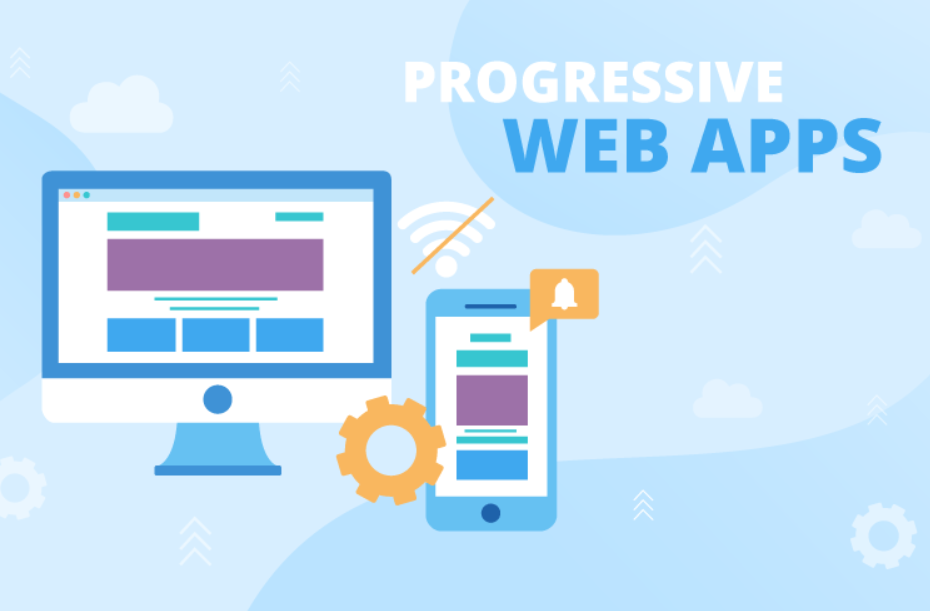Progressive Web Apps are an exciting technology that bridges the gap between web and mobile applications. PWAs offer the benefits of both, providing a rich user experience akin to native mobile apps while retaining the accessibility and reach of web applications. This guide will walk you through the basics of PWAs, how they work, and how you can start building your own.
Progressive Web Apps are web applications that are enhanced with modern web technologies to provide a user experience similar to native mobile apps. Key characteristics of PWAs include:
- Progressive Enhancement: They work for every user, regardless of browser choice, because they are built with progressive enhancement as a core tenet.
- Responsiveness: They fit any form factor, from desktop to mobile devices.
- Connectivity Independence: They can work offline or on low-quality networks.
- App-like Feel: They offer app-style interactions and navigation.
- Freshness: They are always up to date thanks to service workers.
- Safe: They are served via HTTPS to prevent snooping and ensure content integrity.
- Discoverable: They can be identified as “applications” thanks to W3C manifests and service worker registration, allowing search engines to find them.
- Re-engageable: They can send push notifications to engage users.
- Installable: They allow users to “keep” apps they find most useful on their home screen without the hassle of an app store.
- Linkable: They are lightweight and easy to share via URLs.
Core Technologies of PWAs
To understand how PWAs work, you need to be familiar with three key technologies:
1. Service Workers
Service workers are scripts that run in the background and manage network requests, caching, and other offline functionalities. They act as a proxy between your web app and the network, allowing your app to function offline and load faster on repeat visits.
2. Web App Manifest
The web app manifest is a JSON file that provides metadata about your app (such as name, icons, start URL, display mode, etc.). This file enables your web app to be installed on a user’s home screen and launched like a native app.
3. HTTPS
PWAs must be served over HTTPS to ensure security and integrity. This is essential for service workers to function and for the overall security of the user experience.
Building a Simple PWA
Let’s walk through creating a basic PWA.
Step 1: Set Up Your Project
Start with a simple HTML, CSS, and JavaScript project. Ensure your HTML includes a reference to your web app manifest and has a basic structure with some content.
Step 2: Create the Web App Manifest
Create a manifest.json file in your project root that includes essential metadata such as the app name, icons, start URL, and display mode. This manifest file is crucial for enabling your app to be installed on users’ home screens.
Step 3: Register the Service Worker
Create a service worker file in your project. This file will handle caching your site’s assets, enabling your app to work offline and load quickly on subsequent visits. In your main JavaScript file, register the service worker to ensure it is activated when the user accesses your site.
Step 4: Serve Your PWA Over HTTPS
To test your PWA, you need to serve it over HTTPS. For local development, you can use tools that create a local server with a self signed certificate, or deploy your PWA to a hosting service that supports HTTPS.
Testing Your PWA
To test your PWA, open your site in a modern browser like Chrome and use the Developer Tools to inspect the “Application” tab. Here, you can verify that your service worker is registered and your manifest file is correctly configured. You should also test the offline functionality and installation process.
Enozom is a leading software development company specializing in Progressive Web Apps (PWAs). They leverage modern web technologies to create PWAs that offer fast, reliable, and engaging user experiences. Enozom’s PWAs provide seamless offline functionality, responsive interfaces, and easy installation, ensuring high performance and security. By delivering high-quality solutions, Enozom helps clients enhance user engagement and achieve their business goals.
Conclusion
Progressive Web Apps are a powerful way to enhance the web experience for your users. By combining the best of web and mobile applications, PWAs provide fast, reliable, and engaging user experiences. Start building your own PWA today and take advantage of this cutting-edge technology to deliver better applications.
